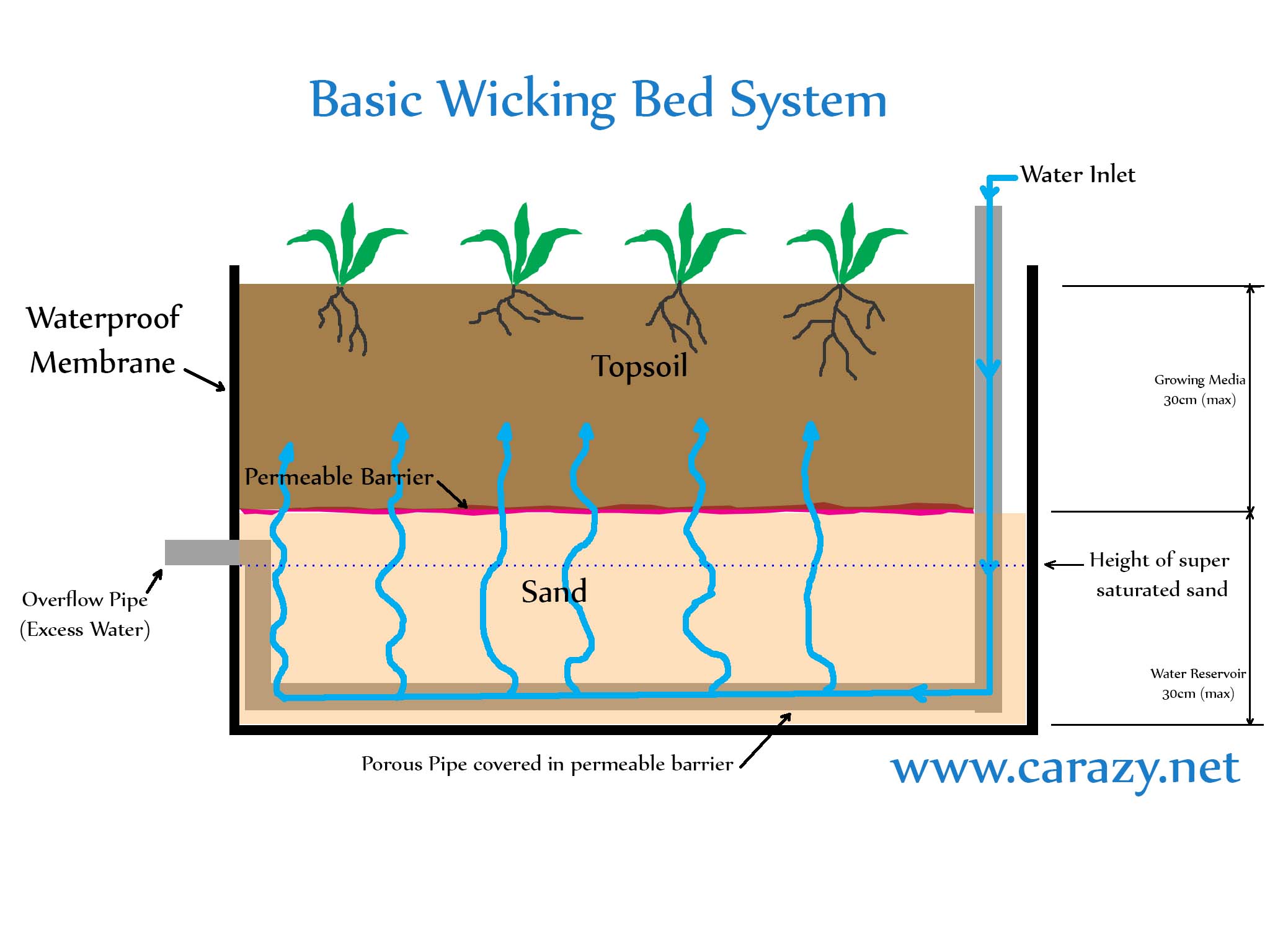I’ve been wanting to build a wicking bed for some time now but the high cost of waterproof membranes / pond liners always put me off. IBC’s (Intermediate Bulk Carriers) / IBC Tote / Pallet tanks are white plastic cubes used to transport liquids. Quite often they are a one use item only, especially in the food industry. They are often snatched up and re-used in agriculture as stock feed and water tanks. They hold a 1000 litres and are of a solid construction meaning they would be ideal as an alternative to buying pond liner.

Make sure you ring and verify what the IBC previously held. You don’t want anything that’ll take ages to clean out and you especially do not want anything with toxic chemicals in it.
I rang the seller to check what was previously in it and was told detergent, so I bought two for $60 each. Once they’re cut in two it’s basically a 2.4m x 1m garden bed for $60-
Also check that the IBC has a good screw cap on the top lid and on the tap at the bottom.
Dismantling the IBCs is super easy. You could get them cut to size in a day especially if you have someone assisting. I did both of mine on my own so it took a little longer.
____________________________________________________
STEP 1: Remove the two locking bars using a T40 Torx head screwdriver. (In a pinch, if your screws aren’t tight you might be able to get away with using an Allen Key that fits)




